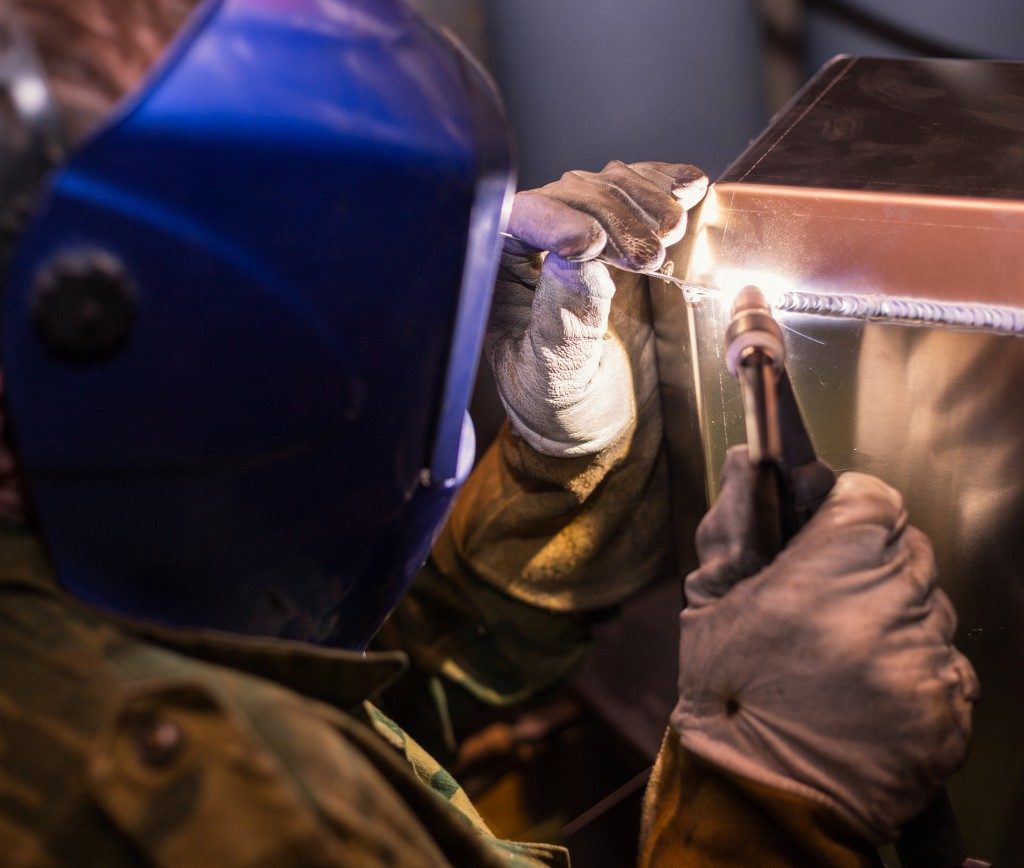By definition, metalwork or metalworking is a method of creating art or anything useful out of any piece of metal, including aluminum, steel, and stainless steel. For hobbyists and enthusiasts, metalworking involves creating sculptures, jewelry, or any other item they can come up with. Of course, you will need the right tools to get the job done, but you can get your raw materials from any reputable seller of metal products in Utah, Oregon, Pennsylvania, or pretty much anywhere in the country.
How Important is It?
Man, by nature, has always had an innate desire to create, whether it is something useful or something of aesthetic value. In the ancient art era, metalworking was utilized to create practical and useful items such as eating utensils, weapons, and armor. As time passed, different methods of metalwork were discovered that led to the creation of decorative art which appealed to the rich and powerful.
As the years went by, the art form continued to progress and bigger and better items were being created. From simple utensils and weapons of the ancient era, we are now exposed to different forms of metal artwork in jewelry, sculptures, structures, vehicles, and a whole lot more. But how did this artwork start? Where did it all begin?
A Brief History of Metalwork
Ancient History
Metal can be traced as far as archeologists can record since the primitive man discovered certain ores’ properties. They found that smelting ores give them metal.
The Bronze age gave us crude hammered metalworks. Archaeologists dug artifacts made of bronze, copper, iron, gold, silver, and lead in ancient Troy.
The remarkably creative and artistic ancient Egyptians were able to craft decorative and highly-detailed metalwork from gold, bronze, and other metals.
Ancient Rome and Greece both had bronze statues as well as some other furniture and utensils, including some torture devices they used as a form of capital punishment on their enemies and lawbreakers.
Medieval Period

Metalwork was resuscitated as a form of artistic expression. Locksmiths and metal workers were a good occupation at that time, especially for those who can craft detailed and artistic fixtures, decorations, and hardware to adorn castles, manors, and cathedrals. Around this time, goldsmiths started creating intricate gold and silver jewelry and crucifixes and other religious ornaments.
Plateresco Period and Italian Renaissance
The Plateresco Period saw Spanish silversmiths take metalworking to a whole new level of aesthetic and design. Their excellence in their craft has influenced even craftsmen from different trades. This period and the Italian Renaissance saw an increase in the emphasis and demand for metalware like hardware for doors and gates, decors for the home, and lighting fixtures.
The Italian Renaissance was when miniature metal cast statues were introduced. Craftsmen would initially sculpt a model out of wax and layered with molten clay. Once set, the wax is melted and falls through a hole at the base of the sculpture. As soon as it is emptied, liquid bronze is then injected into the cast and left to cool. Once the bronze has already set and cooled down, the mold is then taken away to reveal the bronze statue.
English and American Period
In the 17th Century, both England and America had wrought iron products. The only contrast between the two was the English had more intricate designs than that of the more-functional products of the Americans. At present, we can see plenty of metalworks that combine both aesthetic and/or functional qualities from both English and American influences.
Metalworking is an art form that is here to stay. It has brought people of different races, cultures, and civilizations together. It has birthed an entire industry and a branch of science.







